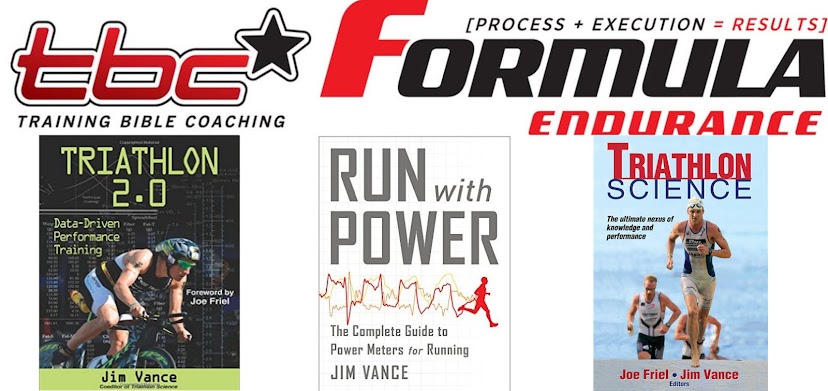"Jim--
I have meant to respond to you since attending your clinic. I sat near the front, we talked for a few minutes after your presentation, I was a swimmer and water polo player in high school and college many years ago.
I wanted you to know what a huge difference your technique made for me. I was doing a 400 in about 6:07 before your lecture, and after on my first swim I did a 400 in 5:34. I was so amazed, I had to do another just to make sure I hadn't misread the clock or something. What an astounding difference! Mostly just from aggressively reaching and throwing my arms forward. My 100 speed went from 1:30 to under 1:25.
Your presentation was well organized and very informative. Obviously also very helpful for me. Thanks so much!
Andy Sweet"
Most athletes hop into the water and just start swimming. They see other swimmers, and think, "Ok, throw one arm in front of the other, and that's swimming." That's like saying golf is as easy as swinging a stick at a ball, and watching it just go into the hole.
Ever gone to the store and bought a product that has "some assembly required"? You pull out the pieces, and set the directions to the side, not even giving them a glance. You just start putting the product together like you think it should be, based on how it appears on the cover of the box. Then you get about half-way to three-quarters done and realize the item you've got and the one on the box don't look alike. You realize, "Oh yeah, probably time to go back and read the directions." Sound familiar?
Many us approach swimming this way. We just hop into the water, without reading the directions and understanding what it is we want to accomplish in the water, to make swimming truly happen. There comes a point when going back and reading the directions are needed. That's what the lecture I gave was about. If you missed it, you can still get the information two ways:
1. View the webinar at PerformanceWebinars.com, called Learning and Understanding the 3 Most Important Technical Aspects of Swimming. (CEU's available for USAT Coaches).
2. Download the talk with the videos and the slides, from my store.
If you're struggling with swimming, stop. Go back and read the directions, and get a fresh new perspective, so you know what it is you want/need to accomplish.
Coach Vance




